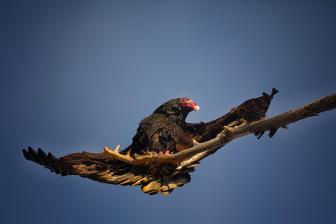Editor's Notes
Sort By: Post DateTitle Publish Date
|
Jan 26, 2012 |
First Published: Dec 01, 2011 |
|
May 21, 2013 |
First Published: Apr 01, 2013 |
|
Nov 28, 2011 |
First Published: Oct 01, 2011 |
|
Aug 23, 2011 |
First Published: Jul 01, 2011 |
|
Mar 17, 2014 |
First Published: Feb 01, 2014 |
|
Jan 07, 2014 |
First Published: Dec 01, 2013 |









